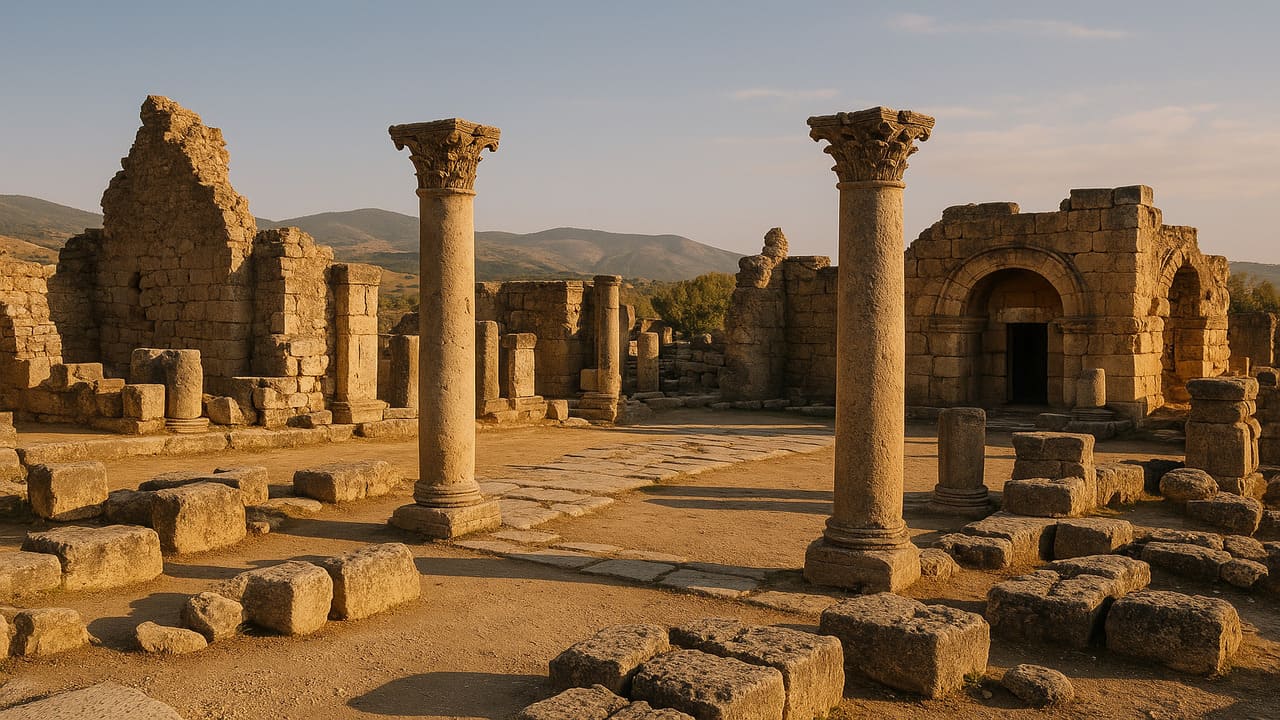
Thorn Ville Church – Biblical archaeology serves as a powerful bridge between ancient texts and the tangible world. Through it, stories long confined to scripture come alive, not only in the imagination but beneath layers of stone and sand. Across the Middle East and surrounding regions, the ruins of lost kingdoms and sacred sites continue to offer insight into the cultures, politics, and spiritual lives of people who once walked the pages of the Bible.
These archaeological remains provide more than proof of civilization they offer context, clues, and connections to narratives that have shaped religious faiths for millennia. From the opulence of ancient lost kingdoms to the quiet sanctity of forgotten altars, each site uncovers a new facet of biblical history.
The ancient Kingdom of Israel, and later the divided lost kingdoms of Israel (north) and Judah (south), form a central part of the biblical narrative. Many archaeological discoveries across modern-day Israel and Palestine support and illuminate these accounts.
One of the most prominent sites is Tel Megiddo, associated with the ancient city of Armageddon. Excavations have revealed monumental gates, altars, and storage rooms that suggest a powerful and organized urban center during the reign of Solomon.
Similarly, Lachish, a fortified city in the lost Kingdom of Judah, provides evidence of the Assyrian siege described in 2 Kings 18. Reliefs found in the palace of Sennacherib in Nineveh mirror the biblical description, showing the military campaign in vivid detail.
Fragments of inscriptions and administrative buildings, like those found in Samaria, also affirm the political and religious complexities of the northern kingdom before its fall to Assyria in 722 BCE.
“Read More: The Top Horror Creators to Follow on Social Media”
One of the oldest continuously inhabited cities in the world, Jericho plays a dramatic role in the book of Joshua. The famous account of its walls falling after the Israelites circled them for seven days has sparked much debate among scholars and archaeologists.
Excavations at Tell es-Sultan, the site identified as ancient Jericho, have revealed massive stone fortifications and remains of collapsed walls. While dating and interpretations vary, the evidence confirms Jericho was a significant and well-defended city in the Late Bronze Age, aligning with the general timeframe of the conquest narratives.
Jericho’s layers of destruction, reconstruction, and religious activity also shed light on the shifting spiritual landscape of the region from Canaanite worship to Israelite practices.
Perhaps no sacred site is as central to the biblical world as the Temple Mount in Jerusalem. Believed to be the location of Solomon’s Temple and later Herod’s Second Temple, this area remains sacred to Judaism, Christianity, and Islam.
Although excavation is limited due to religious and political sensitivity, discoveries near the Western Wall and in the City of David area have uncovered ritual baths (mikva’ot), stone inscriptions, and remnants of monumental structures.
These finds give scholars glimpses into the grandeur of the Temple period and the daily life of ancient Jerusalem. The Pilgrim’s Road, recently uncovered, offers tangible evidence of pathways taken by worshipers on their way to the Temple centuries ago.
The cities of Hazor, Ai, and Gezer are frequently mentioned in the conquest narratives of Joshua. Their ruins, now major archaeological sites, tell stories of burning destruction, fortified walls, and cultural transitions.
Each city contributes a piece to the complex puzzle of historical accuracy and biblical tradition.
Biblical ruins are more than silent witnesses; they are active storytellers. They invite modern explorers scholars, believers, and travelers alike to engage with history in a tangible way. As excavation techniques improve and interpretations evolve, these sites continue to reshape our understanding of the ancient world and its sacred texts.
Beyond religious affirmation, biblical archaeology fosters cultural preservation, interfaith dialogue, and respect for shared heritage. Each dig, each artifact, and each crumbling wall holds a story worth discovering and rediscovering for generations to come.
Thorn Ville Church - The Church of the Nativity in Bethlehem stands as one of the most revered and historically…
Thorn Ville Church - In the midst of the fast pace of modern life, it’s easy to feel overwhelmed, confused,…
Thorn Ville Church - In the early chapters of human history, as recorded in the Book of Genesis, one remarkable…
Thorn Ville Church - For centuries, the Bible has served as a foundational text for millions around the world, revered…
Thorn Ville Church - Among the historical treasures of Eastern Europe, few monuments stand as majestically and meaningfully as Saint…
Thorn Ville Church - Throughout the history of Christianity, the miracles performed by the apostles have stood as profound testaments…